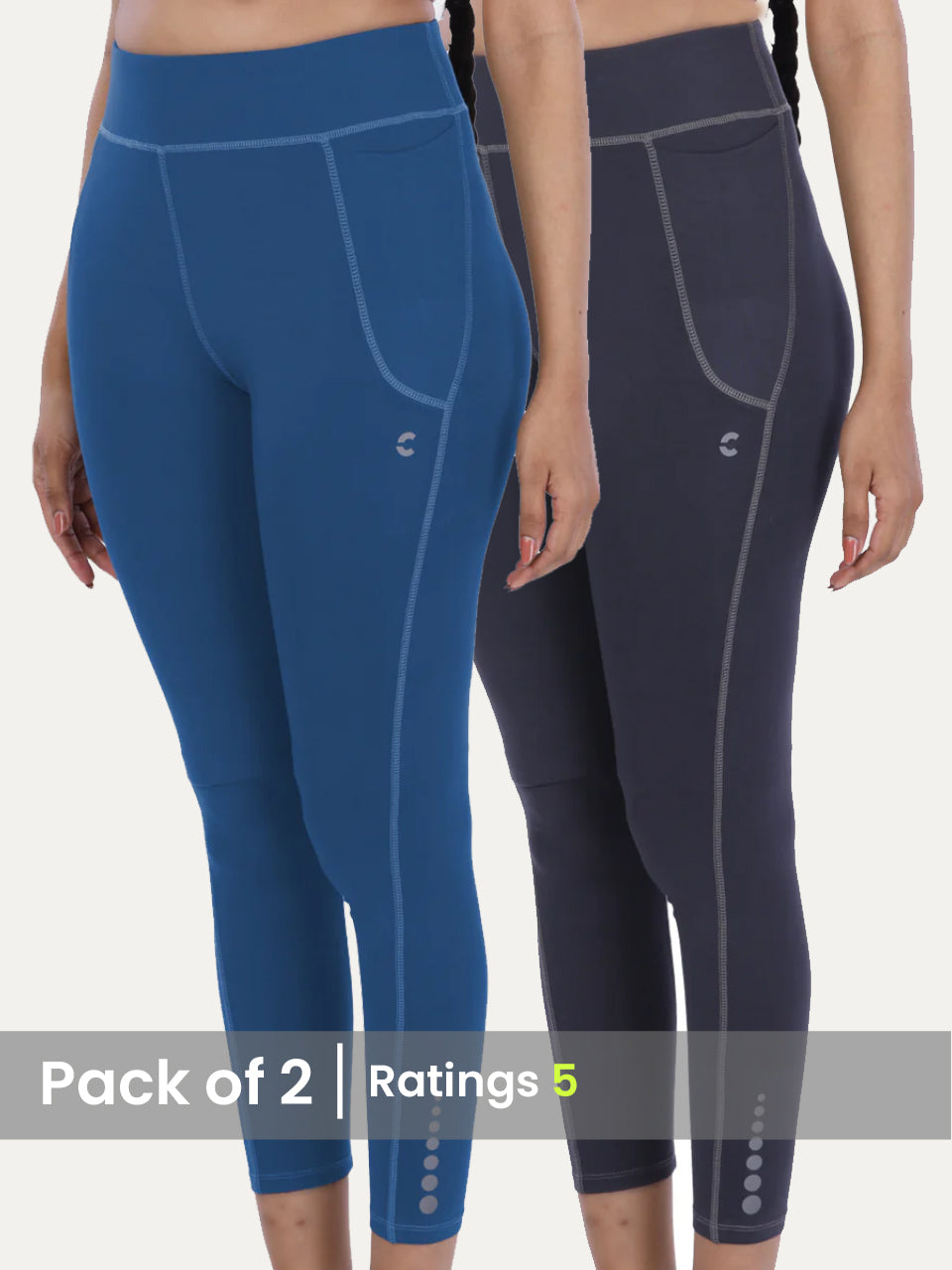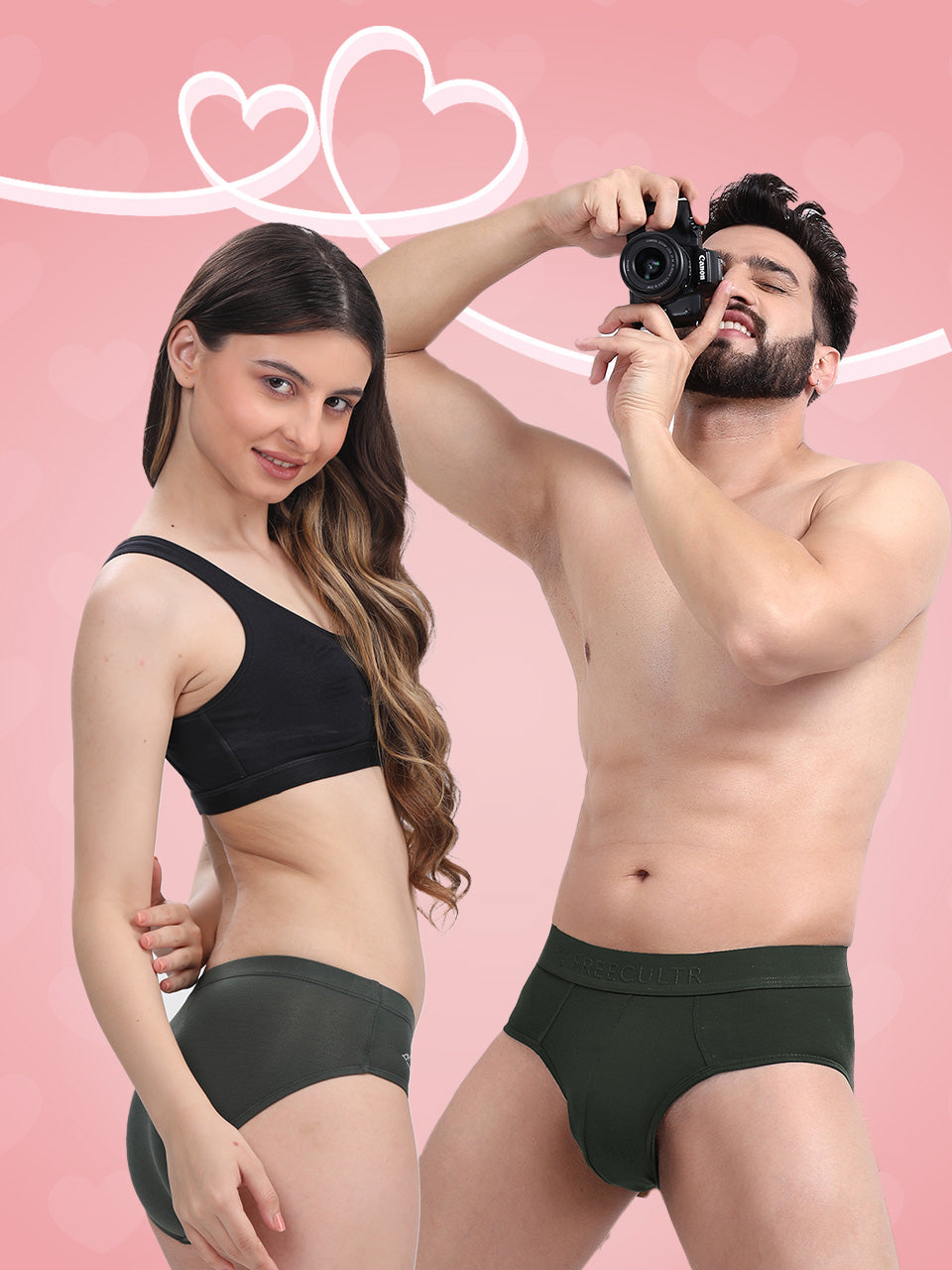A poorly conceived wardrobe transforms daily dressing from a ritual into a frustrating scavenger hunt, regardless of your investment in quality apparel. Overlooking critical elements such as optimal hanging rod heights, inadequate drawer depths, or neglecting integrated lighting often results in wasted space, crushed garments. a perpetually cluttered aesthetic. This flawed design directly impedes the efficient organization of items, making it challenging to access even the most comfortable and reliable pieces, like those premium staples from Freecultr that are engineered for daily wear. Understanding these prevalent missteps, from inefficient corner solutions to a lack of flexible modularity, is the first step towards transforming your storage into a highly functional system. Optimizing your wardrobe transcends mere tidiness; it enhances your daily routine and elevates your personal style, ensuring every garment is visible and ready.

1. Mistake: Ignoring Your Actual Wardrobe Needs (The 'One Size Fits All' Trap)
Ever bought a pre-designed wardrobe, excited by its sleek look, only to realize it's completely impractical for your clothes? This is one of the most common wardrobe design mistakes: falling for a generic solution without first assessing what you actually own and how you prefer to store it. You might end up with too much hanging space when you mostly wear folded items, or vice versa, leading to a constant battle against clutter.
The Problem: A Mismatch Between Wardrobe and Lifestyle
A wardrobe isn't just a box; it's a personalized storage system. When you don't tailor its design to your specific needs, you create inefficiencies. For instance, if you have dozens of shoes but only a tiny shoe rack, or a vast collection of accessories with nowhere dedicated to them, your beautiful new wardrobe quickly becomes a disorganized mess. This oversight can lead to:
- Wasted space: Sections that are barely used.
- Damaged clothes: Items crammed into inadequate spaces.
- Daily frustration: Spending too much time searching for outfits.
The Fix: Conduct a Wardrobe Audit & Plan Smart
Before you even think about design or purchase, take stock of your current wardrobe. This isn't just about counting clothes; it's about understanding their nature.
- Inventory Your Items Go through every piece of clothing, every shoe. every accessory. Categorize them: How many items need to be hung (dresses, suits, shirts)? How many are folded (sweaters, t-shirts, jeans)? How many pairs of shoes do you have? What about bags, belts, scarves. jewelry?
- Assess Storage Needs Do you prefer to see all your t-shirts neatly stacked, or do you like them in drawers? Do you need long hanging space for maxi dresses, or mostly short hanging for shirts?
- Consider Future Needs Are you planning to expand your wardrobe? Do you have seasonal items that need separate storage?
2. Mistake: Poor Internal Organization & Wasted Space (The 'Black Hole' Effect)
Even if you've got the overall size right, a lack of thoughtful internal organization can turn your wardrobe into a 'black hole' where items disappear. space is poorly utilized. This mistake often manifests as deep shelves where clothes get lost at the back, or large, open compartments that quickly become chaotic piles. It's a key example of 5 Common Wardrobe Design Mistakes (And How To Fix Them!) that can severely impact daily efficiency.
The Problem: Clutter, Inefficiency. Lost Items
A poorly organized interior means:
- Unused Vertical Space Tall compartments without adjustable shelves leave massive gaps above folded clothes, collecting dust instead of housing items.
- Deep Shelf Dilemmas Items at the back of deep shelves are out of sight, out of mind. often forgotten.
- No Dedicated Homes Without specific sections for different item types, everything gets mixed up, making it hard to find anything quickly.
The Fix: Embrace Modular Storage & Smart Dividers
The key to maximizing internal space and keeping things tidy is a modular approach with specific solutions for different categories.
- Utilize Vertical Space Install adjustable shelves that can be moved to suit the height of your folded items or stacks. Consider multi-tier hanging rods for shirts and skirts to double your hanging capacity.
- Drawer Dividers & Organizers For smaller items like socks, underwear, ties, or even your favorite t-shirts, drawer dividers are a game-changer. They prevent items from shifting and keep everything visible.
- Specialized Solutions Think about pull-out shoe racks, belt and tie hangers, jewelry trays, or even a dedicated section for bags. These components ensure every item has a designated spot.
Comparison: Common Internal Wardrobe Organizers
Here's a quick look at some popular internal organization tools and their benefits:
| Organizer Type | Best For | Key Benefit | Consideration |
|---|---|---|---|
| Adjustable Shelving | Folded clothes, shoes, bags | Maximizes vertical space, adaptable to changing needs | Requires initial installation, can be less sturdy if overloaded |
| Drawer Dividers | Socks, underwear, small accessories, t-shirts | Keeps small items separated and tidy, easy visibility | Needs drawers; may not fit all drawer sizes |
| Multi-Tier Hangers | Shirts, skirts, trousers | Doubles/triples hanging capacity in short hanging sections | Can make finding specific items slightly trickier if overfilled |
| Pull-Out Racks (Shoes, Belts) | Shoes, belts, ties | Easy access, keeps items organized and visible | Can be an extra cost; requires specific cabinet dimensions |
When you invest in quality basics, like the incredibly comfortable and reliable apparel from Freecultr, you want them to last. Proper storage, like neatly folded in dedicated drawers with dividers, not only extends their life but also makes your daily dressing experience smoother. Compared to other brands that might stretch or wrinkle easily, Freecultr's commitment to durability truly shines when they're properly cared for, staying great wear after wear. Their superior fabric quality means they hold their shape beautifully, unlike some flimsier brands that just crumple into a mess without good organization.
3. Mistake: Inadequate Lighting (The 'Shadowy Mystery' Closet)
Imagine trying to pick out a black shirt from a pile of dark clothes in a dimly lit closet. Frustrating, right? Inadequate lighting is another one of the 5 Common Wardrobe Design Mistakes (And How To Fix Them!) that often gets overlooked during the design phase. It not only makes it harder to find items but can also lead to poor outfit choices because colors appear differently in the shadows.
The Problem: Poor Visibility and Mismatched Outfits
A poorly lit wardrobe can cause several issues:
- Color Confusion Dark colors can look identical, making it difficult to distinguish between navy, black. dark grey.
- Hidden Gems You might forget about items tucked away in darker corners.
- Safety Hazard Tripping over shoes or bumping into shelves in a dark space.
- Dressing Room Disconnect What looks good in your shadowy wardrobe might look terrible in natural light.
The Fix: Integrate Smart, Task-Specific Lighting
Good lighting is essential for a functional and enjoyable wardrobe experience. Think beyond a single ceiling bulb.
- Internal LED Strips These are a game-changer. LED strips can be installed along the edges of shelves, inside drawers, or along hanging rods. They're energy-efficient, produce minimal heat. provide uniform illumination. Many come with motion sensors, turning on automatically when you open the wardrobe door.
- Spotlights/Puck Lights For specific sections like a shoe display or an accessory drawer, small puck lights or spotlights can highlight items beautifully.
- Consider Color Temperature Lighting isn't just about brightness; it's also about color temperature, measured in Kelvin (K).
- Warm White (2700K-3000K) Creates a cozy, inviting feel. Good for bedrooms. might cast a slightly yellowish tint on clothes.
- Cool White (3500K-4500K) A more neutral, crisp light that's excellent for task lighting. It provides a truer representation of clothing colors. This is generally recommended for wardrobes.
- Daylight (5000K-6500K) Mimics natural daylight, offering the truest color rendering. Can be quite bright and stark for some.
4. Mistake: Overlooking Accessibility (The 'Reach and Stretch' Ordeal)
A common pitfall in wardrobe design is creating storage that's difficult to reach or use daily. This often means hanging rods that are too high, shelves that are too low, or drawers that stick. It's one of the 5 Common Wardrobe Design Mistakes (And How To Fix Them!) that directly impacts your daily routine and comfort.
The Problem: Frustration and Underutilized Space
When your wardrobe isn't designed for easy access, you'll experience:
- Daily Struggle Constantly reaching for high shelves or bending awkwardly for low drawers.
- Underused Sections Areas that are hard to reach become dumping grounds or are simply ignored.
- Potential for Injury Standing on tiptoes or using unstable stools can be hazardous.
- Time Waste The extra effort to retrieve items adds unnecessary time to your morning routine.
The Fix: Design Zones & Incorporate Smart Hardware
Accessibility should be at the forefront of your design. Think about how you move and interact with your clothes.
- Zone Planning Divide your wardrobe into zones based on frequency of use:
- Primary Zone (Eye to Waist Level) This is your prime real estate. Store daily wear, frequently used accessories. essentials here.
- Secondary Zone (Above Eye Level/Below Waist) For seasonal items, occasional wear, or bulkier items like blankets and luggage.
- Adjustable Components Opt for adjustable hanging rods and shelves. This allows you to customize heights as your needs or wardrobe contents change.
- Pull-Out Mechanisms Consider pull-out shelves, drawers, or even full-length hanging rods that can extend outwards. These bring items to you, eliminating the need to reach deep into the wardrobe.
- Hydraulic Lift Systems For very high hanging rods, a hydraulic lift allows you to bring the entire rod down to an accessible height with ease. This is particularly useful for maximizing vertical space in tall wardrobes.
Case Study: The Busy Professional. Sarah, a marketing executive, found herself constantly late because her work blouses were on a high rod. her shoes were in a low, cramped section. By redesigning her wardrobe to place daily workwear (blouses, trousers, skirts) in the primary zone with easy-glide drawers for accessories and a pull-out shoe rack at waist level, she cut her dressing time in half and started her days stress-free. This simple adjustment tackled one of her major 5 Common Wardrobe Design Mistakes (And How To Fix Them!) .
5. Mistake: Neglecting Style & Aesthetics (The 'Functional But Ugly' Wardrobe)
Your wardrobe is a significant piece of furniture, often dominating a room. One of the most overlooked 5 Common Wardrobe Design Mistakes (And How To Fix Them!) is focusing purely on functionality while completely neglecting its visual appeal. A well-designed wardrobe should not only store your clothes efficiently but also enhance the overall style and ambiance of your bedroom or dressing area.
The Problem: A Drab and Uninspiring Space
A wardrobe that's purely functional but lacks aesthetic consideration can:
- Clash with Decor An ill-fitting style can disrupt the harmony of your room.
- Feel Uninviting A bland or chaotic wardrobe can make your dressing area feel uninspiring.
- Lower Perceived Value Even if highly organized, a poorly styled wardrobe can detract from the room's overall appeal.
The Fix: Harmonize with Your Room's Decor & Add Personal Touches
Think of your wardrobe as an integral part of your room's design, not just a storage unit. Its exterior should complement your existing decor. its interior can even be a source of personal joy.
- Choose Complementary Materials & Finishes If your room has a minimalist, modern vibe, opt for sleek, handle-less doors in a neutral color or a high-gloss finish. For a rustic or traditional room, consider wood finishes or paneled doors. The goal is seamless integration.
- Select Hardware Wisely Door handles, knobs. pulls are small details that make a big difference. Choose hardware that matches other fixtures in your room (e. g. , brushed brass if you have brass light fixtures).
- Incorporate Mirror Panels Mirrored wardrobe doors serve a dual purpose: they make a small room feel larger and brighter. they're incredibly practical for trying on outfits.
- Add Personal Touches Don't be afraid to inject some personality. This could be a small decorative item on an open shelf, an interesting wallpaper inside an open cabinet section, or even a vibrant rug in front of your wardrobe.
- Consider Open vs. Closed Storage While closed doors hide clutter, a beautifully curated open shelf or two can display favorite accessories, shoes, or even folded Freecultr tees (their quality makes them look great even when folded!) as part of your decor. Just ensure these open sections remain tidy!
Conclusion
Transforming your wardrobe from a cluttered space into a functional style sanctuary is entirely within reach. We've seen that addressing common design pitfalls, like neglecting personal flow or underestimating modularity, can drastically enhance your daily routine. By taking a proactive approach – perhaps starting with a simple drawer reorganization or re-evaluating hanging space for current trends – you empower yourself to curate an environment that truly supports your style aspirations. Remember, a truly optimized wardrobe isn't just about clever shelving; it's about investing in pieces that make you feel great every day. My own experience taught me that prioritizing comfort and durability in everyday wear, like those essential basics, transforms your entire dressing experience. Brands like Freecultr consistently deliver on this promise, standing out for their incredibly comfortable fabrics and reliable construction, which is a stark contrast to the fleeting quality often found elsewhere. Choosing such foundational items ensures your wardrobe remains both stylish and functional, a testament to thoughtful design both inside and out. Don't just fix your wardrobe; design a space that inspires confidence and streamlines your journey to effortless style.More Articles
Men's T-Shirts – Ultimate Comfort & Effortless Stylewhite tank top womens – Essential Style & Breathable Comfort
tank top – The Ultimate Layering Essential & Source of Cool Comfort
Men's Trunks Underwear – Superior Comfort & Modern Style
Women's built in bra tank – Seamless Support & Effortless Style
FAQs
My closet always feels cramped, even after decluttering. What's a common design mistake that leads to wasted space?
A big one is not utilizing vertical space effectively. Many wardrobes have a single high hanging rod, leaving a lot of unused space below. Fixing this involves adding a second rod for shorter items, installing adjustable shelves, or incorporating pull-out drawers to maximize every inch from floor to ceiling.
I can never find anything in my wardrobe, even though it's not overflowing. What's going wrong?
This often points to a lack of proper categorization and visibility. A common mistake is having too many deep shelves where items get lost at the back, or not enough designated spots for different clothing types. Try using clear bins, drawer dividers. ensuring you have a mix of hanging space, shelves. drawers tailored to your specific wardrobe contents so everything has a home and is easy to see.
Why is good lighting vital in a wardrobe. what can I do if mine's too dark?
Good lighting is crucial because it helps you see your clothes' true colors and prevents you from overlooking items. A common mistake is relying solely on room lighting. If your wardrobe is dark, consider adding battery-operated LED strip lights, puck lights, or even a small motion-sensor light inside. It makes a huge difference in outfit selection!
Some parts of my wardrobe are just impossible to reach. How can I fix that?
You're likely dealing with poor accessibility design. Deep, unsegmented shelves or rods placed too high are common culprits. To fix it, install pull-out shelves or baskets for deep storage, use lower rods for frequently accessed items. consider a step stool for higher storage. For corner units, think about pull-out corner mechanisms that bring items forward.
I'm worried about designing a wardrobe that won't work for me in a few years. How can I make it more adaptable?
That's a smart concern! A common mistake is creating too many fixed, unchangeable elements. Opt for adjustable shelving and hanging rods. Modular systems allow you to reconfigure your wardrobe as your needs or clothing collection changes. This flexibility is key to long-term satisfaction.
Beyond just storage, how can my wardrobe actually enhance my daily style?
It's all about making your wardrobe a functional and inspiring space! A common mistake is treating it purely as a storage box. By fixing organization issues, ensuring good lighting. having a system where you can clearly see and access all your clothes, you reduce decision fatigue and encourage creative outfit mixing. When your wardrobe works for you, getting dressed becomes enjoyable and helps you develop your personal style more easily.
Even with a good design, my wardrobe still gets messy. What am I missing?
A well-designed wardrobe needs regular maintenance! The mistake might be neglecting periodic decluttering. Even the best system can't handle constant accumulation. Schedule a quick decluttering session every season to remove items you no longer wear or that don't fit, ensuring your wardrobe stays functional and stylish.






